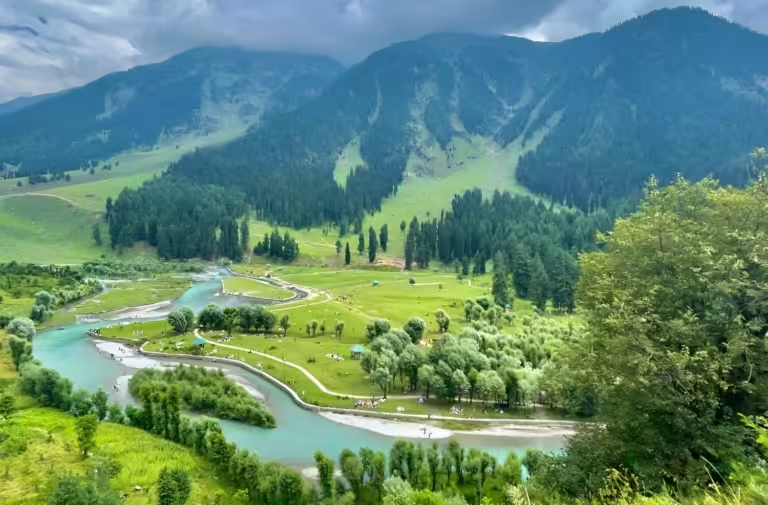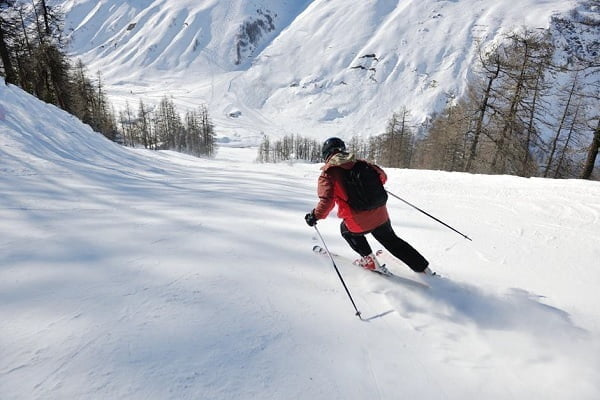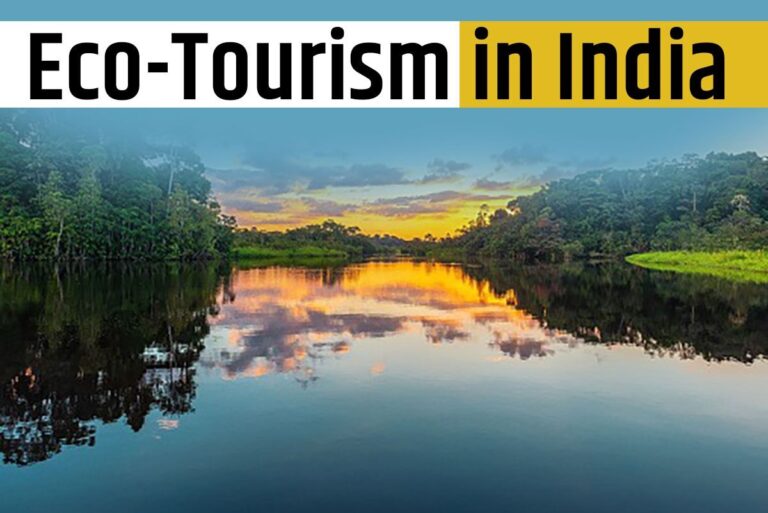Monday to Saturday - 8:00 -17:30
A Complete Travel Plan for Kuno National Park
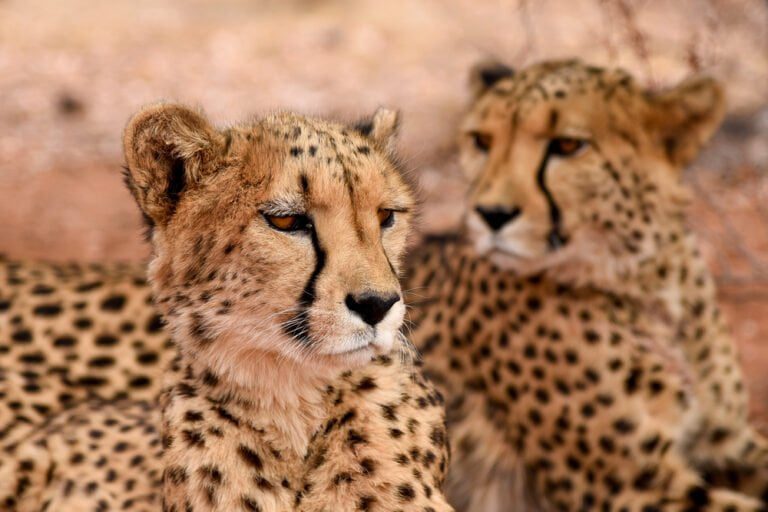
Kuno national park in the Sheopur district of Madhya Pradesh in Central India. It lies in the North-West of Madhya Pradesh close to the state border with Rajasthan thus the effect of Rajasthan vegetation can be experienced in the forest of Kuno.
The park was declared a national park in 2018 after years of conservation efforts and covers an area of approximately 344 square kilometers.
One of the most talked-about national parks on social media nowadays due to the successful implementation of Project Cheetah. This project involves the introduction of eight African cheetahs to the park, which has garnered international attention.
On the Page of Royal History
Kuno Forest is a historical place. The presence of the fort is a witness to its grandeur and historical past. It lies in the Sheopur district. Being close to Sawai Madhopur, here we can find the effect of Rajasthani culture. Rulers of Sawai Madhopur and Gwalior maintained their influence in this region. In the 12th century, this region was under the rule of Nareshwar Ajay Pal who made Sheopur his capital.
Gaurs ruled for many years but they failed to control the influence of the Gwalior kingdom, in this region. When the Asiatic lion disappeared from this forest region, Gwalior Maharaja tried to re-introduce African lions in this region. This shows their sensitivity towards wildlife. He took the lions from Africa and put them in an enclosure for some time so that they get adapted and later be released. This attempt failed as the lions disappeared from the forest. Here local villagers are mainly from the Saharia tribe. For the development of wildlife in Kuno forest, they are relocated from forests with the help of meetings between local leaders and villagers. This forest was declared a wildlife sanctuary in the year 1981 and since then here conservation practices were implemented on a serious note. In order to achieve the objective of wildlife conservation, local villages of Sahariya tribes were shifted to a new location, out of forest land. In the year 2018, it was notified as Kuno national park which was a matter of pride for this forest and thus hope for better wildlife management is expected here.
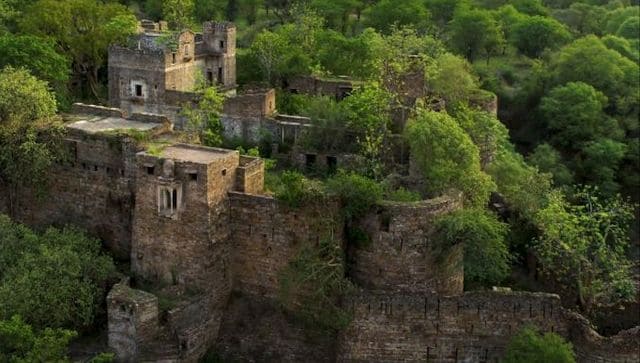
Kuno National Park for Wildlife Tourism
Kuno National Park is a popular destination for wildlife enthusiasts and nature lovers. The park is open to visitors from October to June, however, October to February is the best time to visit here. Visitors can take guided tours of the park, which are led by trained naturalists. The tours allow visitors to see the park’s wildlife up close, and also learn about the park’s flora and fauna. The park also has a number of accommodations for visitors, including guesthouses and tents.
Kuno National Park is open from October 1st, 2022 for visitors. For the time being, only one type of Kuno National Park safari is available, which is Jeep Safari. Cheetah Safari in Madhya Pradesh, in this national park, has not been started yet, however, it was proposed to start in February 2023.
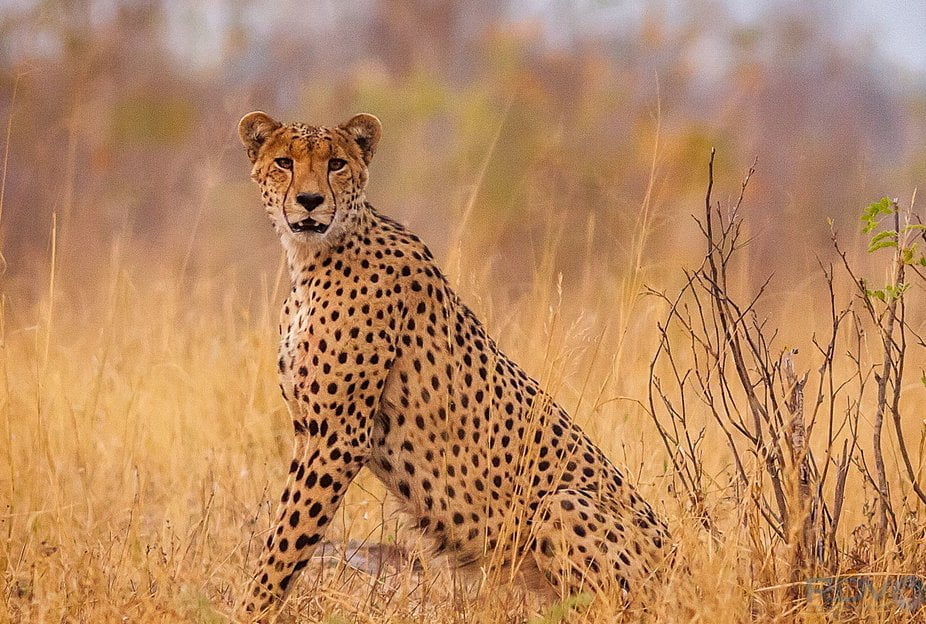
Cheetah Reintroduction Project
The current carrying capacity of the Sanctuary area is close to 27 cheetahs which are likely to increase with time. However, the size of the Kuno Sanctuary area is only 346.68 km², but the size of the forested habitat is over 6830 km² extending from the Kailadevi part of Ranthambore Tiger Reserve. The state Govt. is all set up to bring African Cheetahs into the park, as uncertainty hovers over this issue, it wouldn’t be easy to say something in advance. Wildlife experts from WII Dehradun visited the Kuno forest along with other 5 locations in India for Cheetah re-introduction and found Kuno national park as the most suitable for Cheetah adaptability. Here density of the Cheetah’s primary prey Blackbuck & Chinkara is healthy which is a good sign. If everything will go as per plan, very soon Cheetahs will be reintroduced into India since a long time. It is said that the last Asiatic Cheetahs of India were shot by Maharaja in the Sarguja District of Chattisgarh State in the year 1947, whereas the last lion of Central India was shot in around 1853.
The current status of Kuno national park allows up to 20 Cheetahs to be accommodated in the forest areas. The new milestone came in this project when on 17-Sept-2022, 8 Namibian cheetahs were released in specially designed Bomas at Kuno national park in Madhya Pradesh. It was all done through a flight journey to Gwalior airport and further air-lifted to Kuno national park. Here they were released in specially designed enclosures to spend their quarantine period of 2 months. During this period, their movements, diet, adaptability capabilities, stress level, etc will be closely monitored by a special team and noted for records. Once they will be assured of everything going as per plan, Cheetahs may be released in a phased way to open forest.
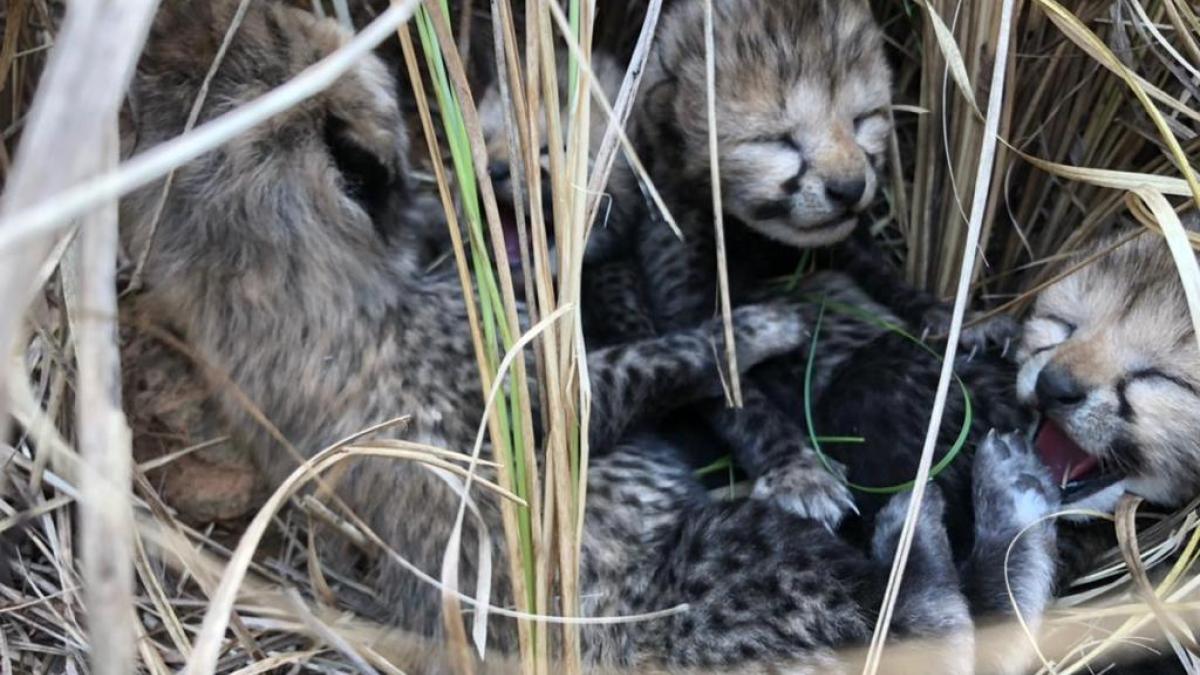
Safari Timings and Bookings
Timing Oct 1st to December 31st
- Morning 6:00 AM to 11:30 AM
- Evening 3:00 PM to 6:00 PM
January 1st to March 31st
- 6:30 AM to 11:30 AM
- 3:00 PM to 5:30 PM
April 1st to June 30th
- 5:30 AM to 11:30 AM
- 4:00 PM to 7:00 PM
Safari bookings in Kuno National Park depend on the availability of slots and are carried out on a first-come-first-serve basis. So, it is recommended to book your tickets in advance. The procedure is:
Contact the Madhya Pradesh Forest Department: The Madhya Pradesh Forest Department or Madhya Pradesh Wildlife Tourism Department is responsible for managing Kuno National Park. You can contact them through their website or by phone to make a safari booking. Otherwise, you can also reach out to a trustworthy travel agent to book your tickets.
As of now, there are three gates to enter Kuno National Park, which are Tiktoli, Peepalbawadi, and Ahera.
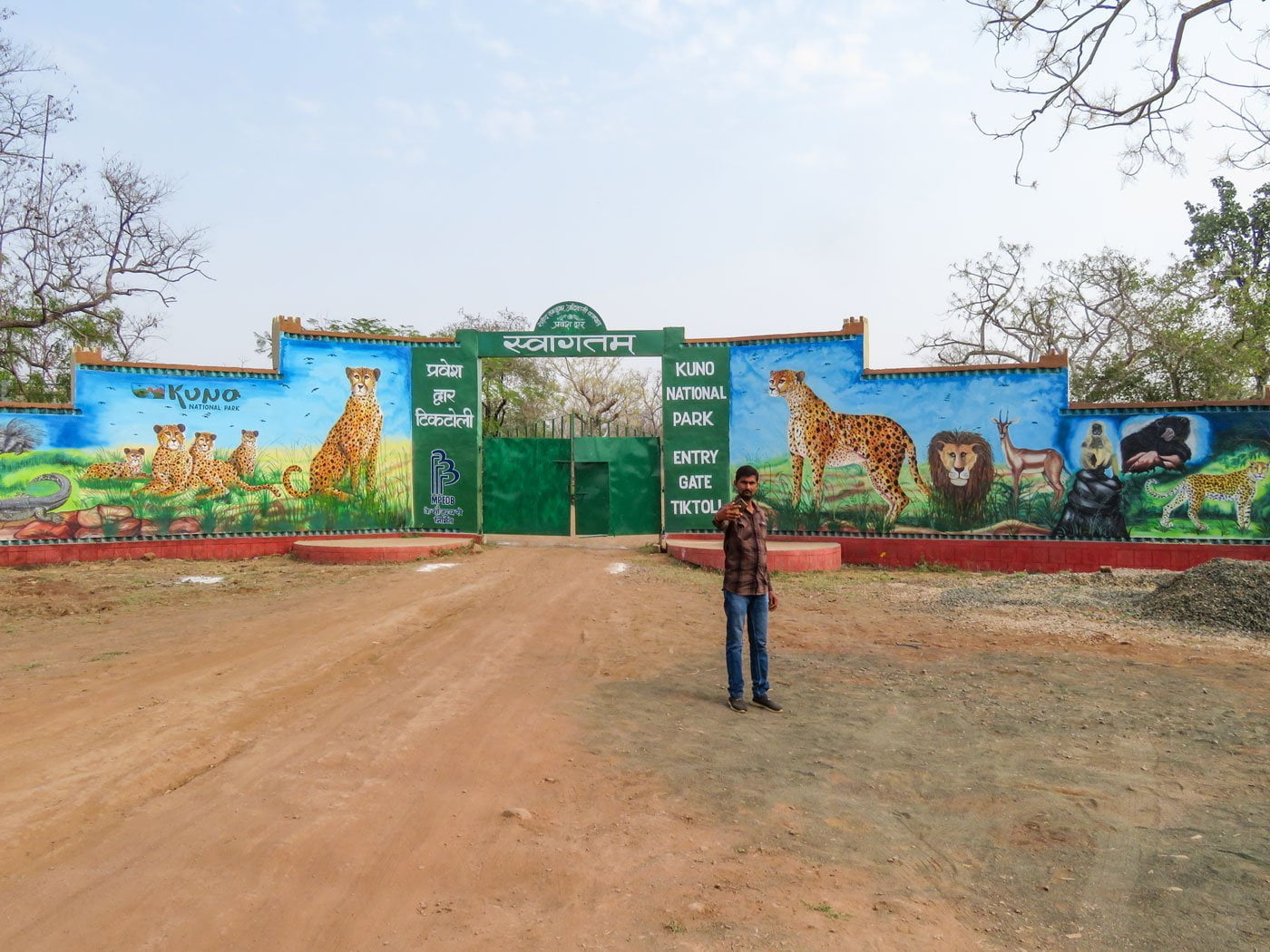
How to Reach Kuno National Park?
Kuno National Park can be accessed via air, rail, or road. Below are the details of these three modes of transportation.
By Air: The nearest airport to Kuno is Gwalior Airport, located 207 kilometres away. You can also take a flight to Indore or Bhopal, which are international airports.
By Rail: The nearest railway station to the national park is Shivpuri Railway Station, which is located at a distance of around 60 kilometres. Daily trains operate between Shivpuri and Hazrat Nizamuddin Station, which is in New Delhi.
By Road: You can reach Sesaipura in the Sheopur District from Shivpuri by hiring a cab. Tiktoli Gate is around 16 kilometres away from Sesaipura.
If you are reading this then, please send your thoughts in the comment box. Thank you!
Disclaimer: We do not take credit for some of the licensed paid images used in our blogs, whether from Google Images, Fotolia & Shutterstock.
All such images are the copyrights of their respective owners and we try to provide credit for them wherever we can. If, however, any copyright image has been used on our blog, the concerned person can either mail us directly to remove the image or provide credit to whomsoever the image may belong.

